The Seduction of the Occult and the Rise of the Fantastic Tale

Summary
The emergence of the fantastic tale in the late eighteenth and early nineteenth centuries reflects a growing fascination with the supernatural, the marvelous, and the occult as the site for literary innovation. Taking Jacques Cazotte's prototypical The Devil in Love as a starting point, this book examines the genre's early development in the fantastic tales of the German romantics Ludwig Tieck, Achim von Arnim, and E. T. A. Hoffmann; the subsequent French rediscovery of the genre in works by Théophile Gautier and Prosper Mérimée; and Edgar Allan Poe's contributions to the new literary form. The literary innovation of the fantastic tale contributed to the production of a mode of subjectivity intrinsic to the history of sexuality. It arose at a moment in the history of communication when similarity and perfect openness were no longer considered the unquestioned basis of friendship or love, when the other's potentially dark secrets became seductive and fascinating.
Similar Books
-
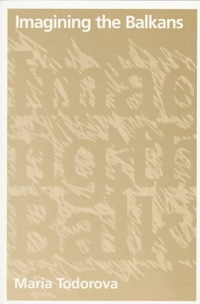 Imagining the Balkans
Imagining the Balkansby Maria N. Todorova
-
 Stendhal: The Red and the Black
Stendhal: The Red and the Blackby Stirling Haig
-
 Rituals of War: The Body and Violence in Mesopotamia
Rituals of War: The Body and Violence in Mesopotamiaby Zainab Bahrani
-
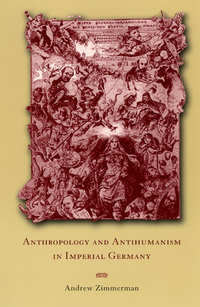 Anthropology and Antihumanism in Imperial Germany
Anthropology and Antihumanism in Imperial Germanyby Andrew Zimmerman
-
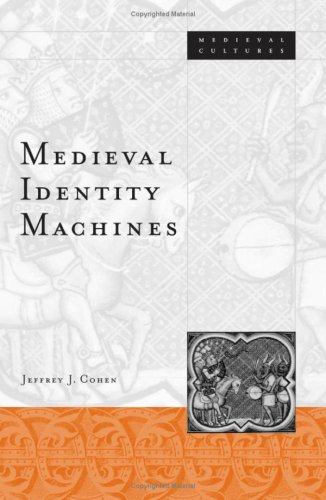 Medieval Identity Machines (Volume 35)
Medieval Identity Machines (Volume 35)by Jeffrey Jerome Cohen
-
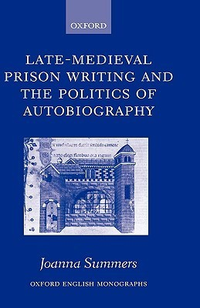 Late-Medieval Prison Writing and the Politics of Autobiography
Late-Medieval Prison Writing and the Politics of Autobiographyby Joanna Summers
-

-
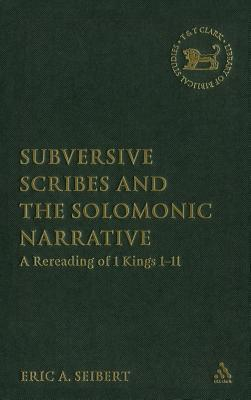 Subversive Scribes and the Solomonic Narrative: A Rereading of 1 Kings 1-11
Subversive Scribes and the Solomonic Narrative: A Rereading of 1 Kings 1-11by Eric A. Seibert
-
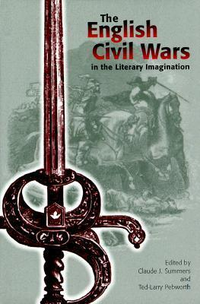 The English Civil Wars in the Literary Imagination
The English Civil Wars in the Literary Imaginationby Claude Summers
-
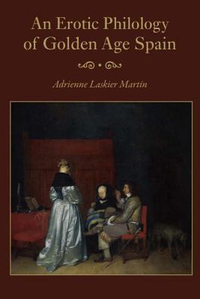 An Erotic Philology of Golden Age Spain
An Erotic Philology of Golden Age Spainby Adrienne Laskier Martin